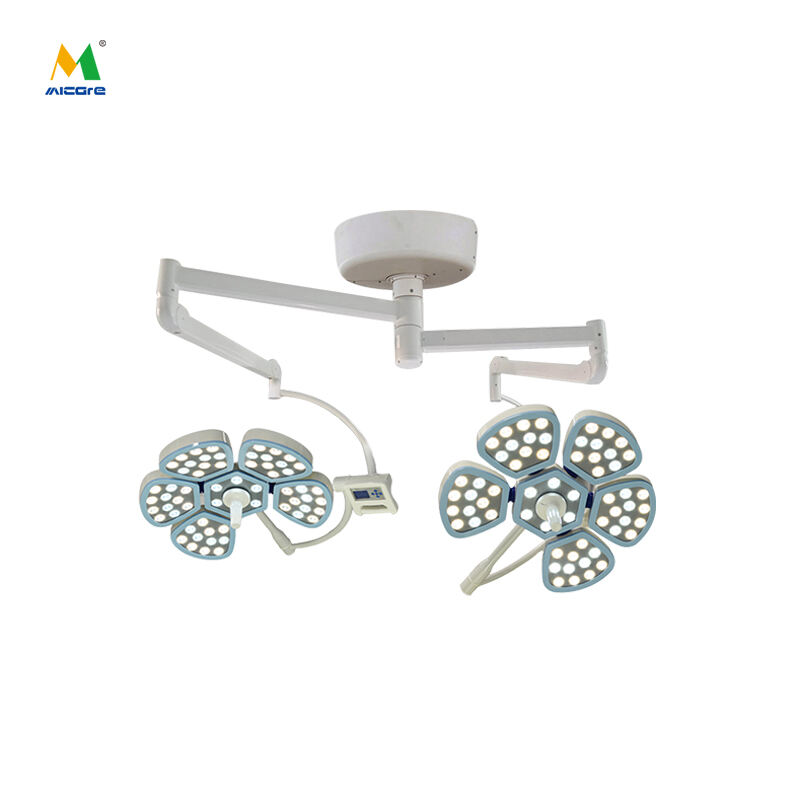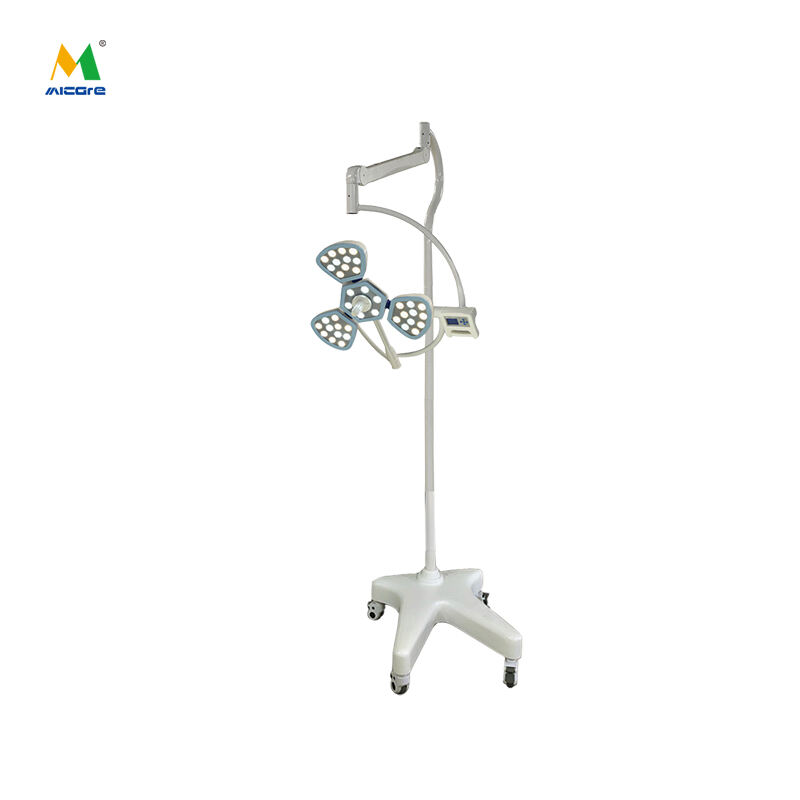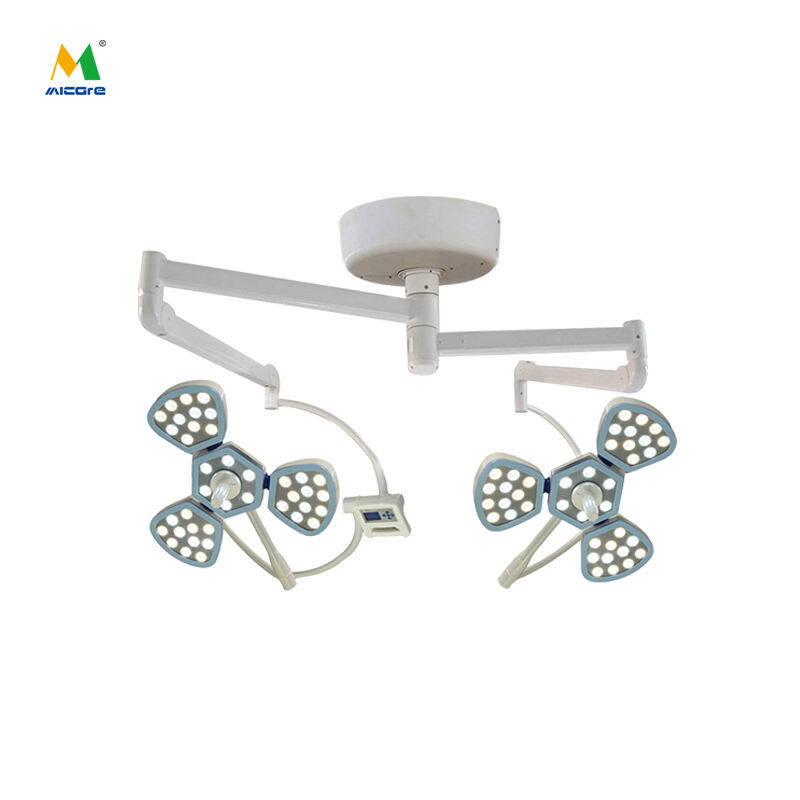 ×
×
All about Headlight Surgery in a Nutshell
You see, I had headlight surgery on Wednesday to remove a tumor or lesion in my pituitary glandthat sits at the base of your brain. Because this surgery is minimally invasive, requiring only small incisions and the use of specialized tools to ensure precision while limiting disruption to surrounding tissues. The goal of this guide is to uncover the headlight surgical process step by step, the latest new cutting-edge that every best in-field surgeon are already applying without even asking for your consent. In addition to patient stories and results, how risky it could be, what happens if it goes downhill mountain instead Everest?
Discovering Each Phase of the Process
Starts with Anesthesia: The patient is made to sleep via General anaesthesia and put either on the back or side ( depends upon Surgeon's preference).
The Incision: A tiny incision is made across the nostril and an endoscope, a slender instrument that has magnifying lenses or small video cameras connected to them for visual access in smaller spaces within our body.
Tumor or Lesion Removal - The surgeon uses a range of small instruments to fully, and very gently remove the tumor/lesion from your pituitary gland. In some cases, the surgeon may use electrical energy to reduce bleeding during the surgery.
Suturing the wound When they have finally got to and removed whatever diseased cells, once that has been done with precision so there is a guarantee of no future issues or complications arising due to it,the incision would be then sewed up as well.
Technological advances have largely played a significant role in bettering the results of headlight surgery. This includes using methods like navigation systems giving surgeons a real time image of patient anatomy enabling the surgeon to be precise during surgery. Furthermore, during the operation itself, in vivo MR-images give improved insight into the surgical area ensuring that part of a tumour or previously identified lesion has not accidentally been left behind.

Headlight surgeries typically cause less patient discomfort and have shorter recovery times compared to open approaches. Most patients return to normal activities within a few weeks after the surgery. It is a powerful approach the operation achieves to remove tumors or lesions responsible for illnesses such as headaches, vision issues and hormonal imbalances with high success rates.

Like with all surgeries, headlight surgery involves risks and complications too. Some of these risks include bleeding, infection at the site of surgery as well as in and around the brain tissue, CSF leak (cerebrospinal fluid) surrounding tissues breaking down leading to abnormalities like diabetes insipidus or syndrome of inappropriate antidiuretic hormone hypersecretion. It is well-known that surgery rarely with this condition, due to the infrequent report of progression in chronically disabled cases: restorative surgeries may lead blind and brain damaged. These risks should be discussed in detail by the patient and his/her surgeon before undergoing surgery.

Since headlight surgery is considered a medical necessity in most cases, it can generally be covered by insurance. But patients should ask their insurance provider what is covered or not and any possible copays. Headlight surgery - the total cost for headlight surgery can depend on a number of factors such as surgeons fee, duration in hospital and post- operative care. Patients counsel with their health care team is in-depth and patients are educated about much of the financial desirable parameters.
In short, headlight surgery is a good and highly reliable method to remove tumors or lesions in the pituitary gland. Due to its minimally invasive nature and ongoing developments in the techniques, headlight surgery results into better outcomes with reduced risks for their patients. Individuals who may be considering this procedure should ensure that they are fully aware of the risks and benefits associated with it, insurance coverage related to skin removal surgery as well as financial risk. In the end, headlight pituitary surgery is a very good option for treating patients with Pituitary tumors & lesions.
MICARE offers services more than 20000 customers around the globe. They export over 100 countries. top head light surgery include USA, Mexico, Italy, Canada, Turkey, Germany, Spain, Saudi Arabia, Malaysia and Thailand. MICARE has long-term reliable alliances with a variety of logistic and express companies ensure an efficient prompt service.
Nanchang MICARE Medical Equipment Co, Ltd been manufacturing in field of medical equipment over 20 years. is equipped with experienced R D Team as well an Quantity Check Team. MICARE offers seven head light surgery lines, including over 50 models more than 400 kinds of spare bulbs parts.
Nanchang MICARE Medical Equipment Co, Ltd has been head light surgery the field medicine since more than 20 years. has experienced R D Team as well as Quantity Check Team. MICARE seven product lines including over 50 models, as well as more than 400 different spare bulb parts that satisfy requirements all customers all terms.
continuous pursuit innovation MICARE has brought us numerous quality certificates, including ISO-9001/13485 European CE, FDA of the USA, as meeting the IEC safety standards. Additionally, MICARE have a set head light surgery strict quality management system in line with CE ISO standard. MICARE designated an "high technological enterprise within province Of Jiangxi Province".